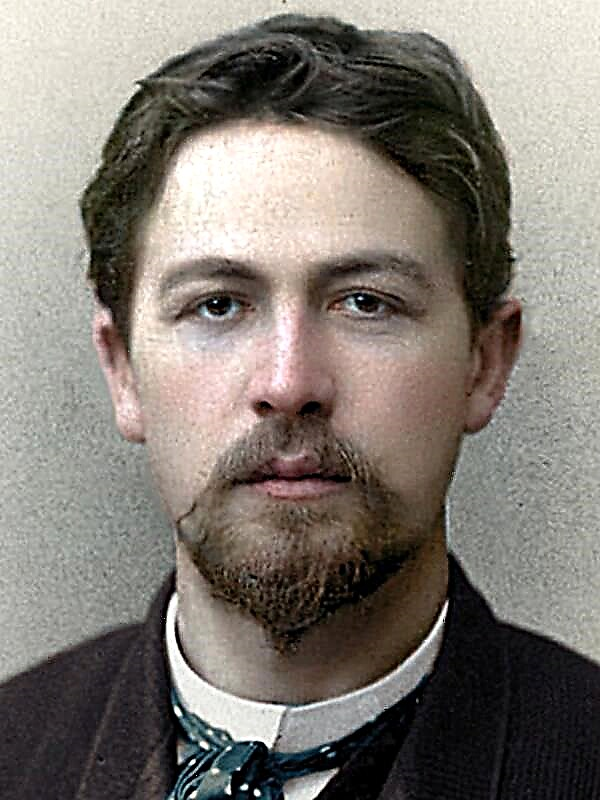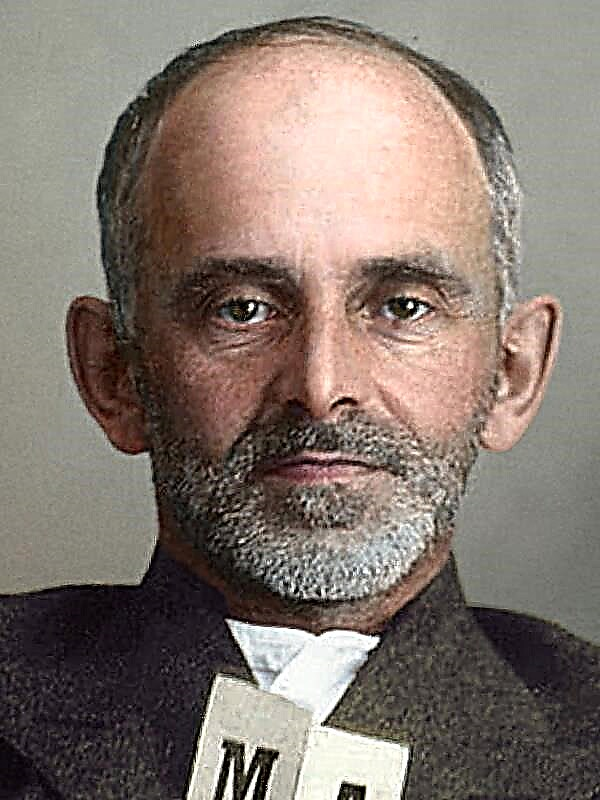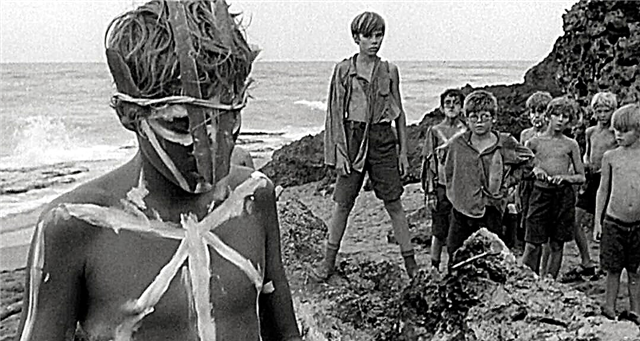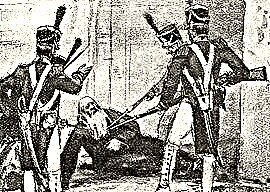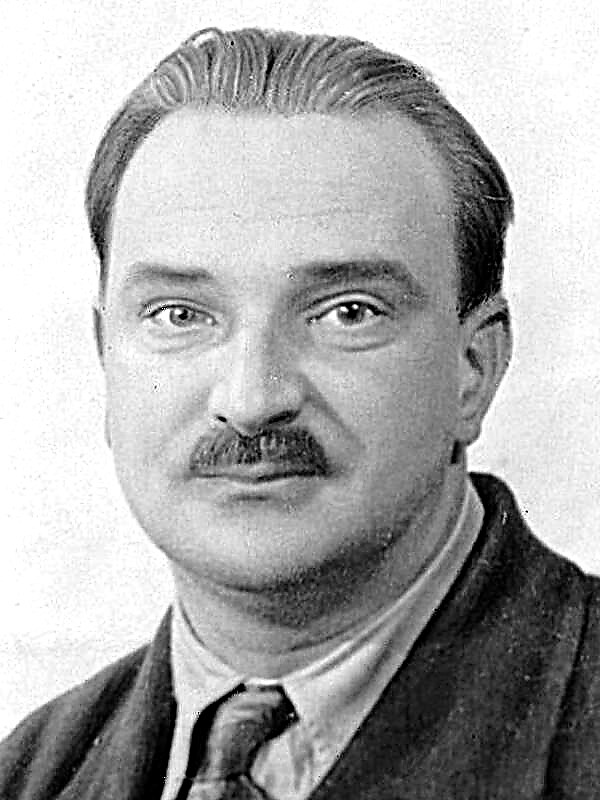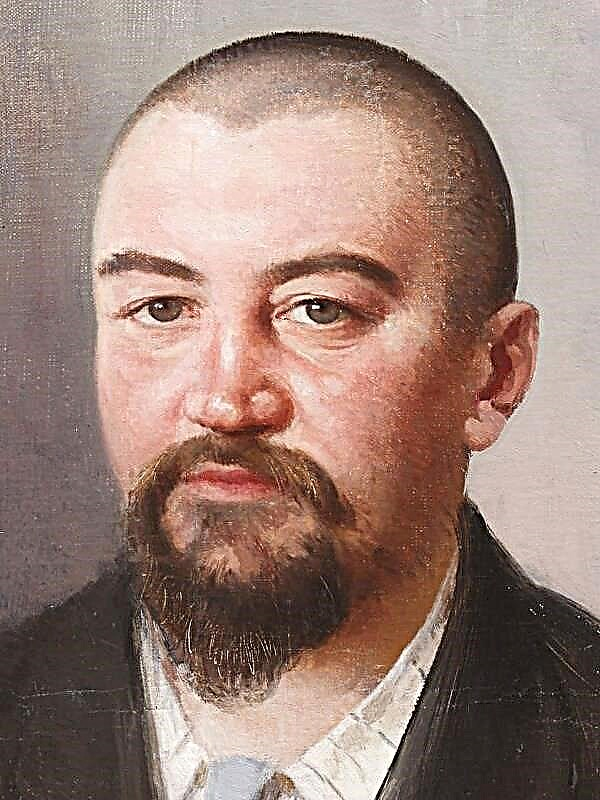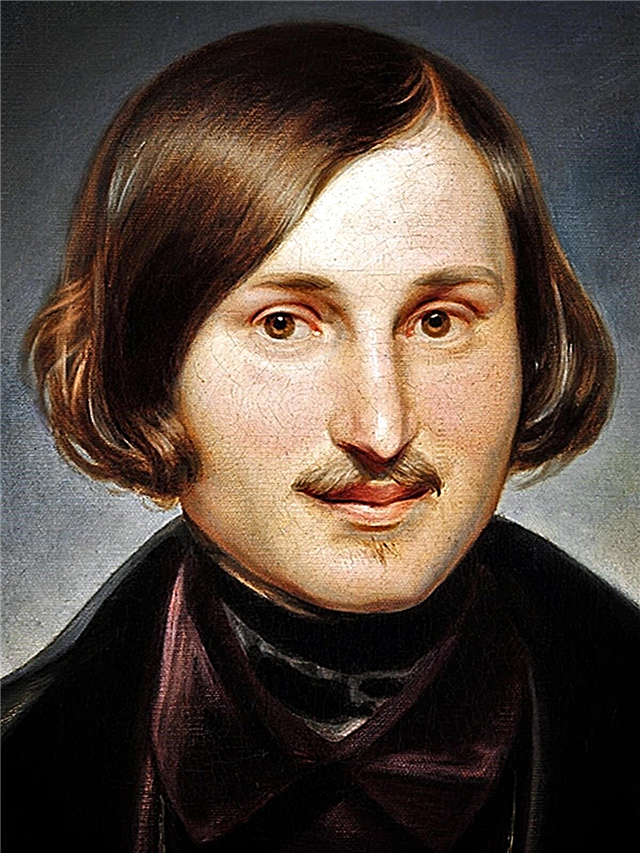One of the brightest poets of the “Silver Age” was Nikolai Gumilev. It is he who can be called the “father” of Acmeism, the literary trend of the 20th century, which was based on the principle of singing the true beauty of the world. The poet was a very sensitive and talented person, all of his works are deep and reverent, albeit often ambiguous.
History of creation
The poem "Lost Tram" was written by Gumilyov in 1919, and published in the collection "Pillar of Fire" in 1921. Irina Odoevtseva, a Russian poet and prose writer of the 20th century, recalled that the author shared with her how he got the idea of a lyrical work. He returned home at dawn after a festive evening, where he had a drink, played cards with friends and friends, and, walking already at night in Petersburg, stopped at the bridge, where a flying tram fixed his not sober look. At this moment, it seemed to Gumilev that he was seeing the future, which means something very important. The first line of the poem was born by itself, and after it the poet magically began to pronounce the lines. He was very surprised at such a creative impulse and suddenly surging inspiration.
It is worth noting that Gumilyov in the final version of the poem changed only one thing: Mashenka in the original version did not exist - her name was Katenka.
Genre, direction and size
Gumilyov’s poem "The lost tram" does not fit into the rut of typical works of acmeism. Researchers of the poet's work find a huge number of characters, so it is most precisely impossible to determine the direction of this lyrical work. Cosmos is opposed to the ordinary earthly world, that is, the symbolism of the cosmos (the principle of symbolism) is combined in the work with a description of the beauty of ordinary life - the principle of acmeism.
The genre of the poem is also very difficult to identify. The poet himself defined the lyric work as a magical poem, but literary scholars point to a different genre definition - a poem-revelation.
Speaking about the poetic size and rhyme in this lyric work, we can only confidently speak about the latter - cross rhyme (ABAV), where male and female rhymes alternate. Gumilyov himself said that due to the spontaneous inspiration the poem turned out to be somewhat tonic, therefore, the syllabonic-tonic size could not be determined.
Images and Symbols
This poem is one of Gumilyov’s most controversial works. The plot of the poem is a dream, so the poet is not forced to follow the principles of logic, because everything here can be unrealistic.
The central image - the tram - is something from another world, because it is surrounded by "alien" rays of light and sounds. The lyrical hero, the protagonist of sleep, is in an unknown way on a tram that carries him without a car driver to a strange place. The motive of distorted time and space pushes readers to think that this kind of journey is nothing but the road to the afterlife.
If we assume that this interpretation is correct, then you can find periods of Gumilyov’s life in the text. Each image in the poem is a turn of history in life: Neva - Petersburg, 1920, Seine - Paris, in which Gumilyov was from 1906 to 1908, a house with 3 windows - the house in which the poet's wife lived - Anna Akhmatova, Neil - an African journey of the author, which ended in 1913. Based on these images, we can conclude that the tram is a symbol of time, but this is only a hypothesis, because Paris in the life of the author was not only the beginning of the 20th century, but also in 1918.
The image of Petersburg can be traced in the last stanzas: the horseman in an iron glove on a horse, Isaac. This is the end point where the hero wants to order a memorial service on his own. Mashenka is a collective image of the very, pre-revolutionary Russia, to which the author has only reverent feelings.
Themes and mood
The theme and main idea of the poem is again difficult to determine. It depends on the subjective reading of the poem. Either this is the poet’s spiritual creative search, or his past, which flashed before his eyes.
I must say that the poem clearly shows the author’s civic position. The lyrical hero recalls a little with melancholy what happened to him, asks to stop the carriage where everything was fine, where Russia was great. Nikolai Gumilev did not accept the October Revolution, he was sure that it was impossible to build a new and prosperous state on cruelty and blood.
Gumilyov’s life cannot be called happy: he could not accept the revolution, could not really fall in love, therefore the poet’s poems are written with a feeling of sadness and some regret. The author lived for a short century, but he put the field to himself the eternal works of Russian poetry, which have been read and taught by people of all ages for almost 100 years.
Idea
The meaning of the poem can be interpreted in two ways. I would dwell on the version, which is a logical continuation of the interpretation of images. So, no matter in what era the hero of the poem lives, no matter how many lives and souls “let through” himself, sadness and regret did not leave his soul. He felt a constant malaise from the fact that he could not love and just be happy.
But suddenly - an insight. Suddenly, the lyrical hero says that he could not even imagine in any of his previous lives that love can be so sad, built only on memories of past beauty. The main idea of the poem is that there is always love in the heart of a person, just sometimes this feeling is so unusual that it does not even closely resemble a standard.
Means of artistic expression
The poem "Lost Tram" is filled with visual expressive means. Particular attention should be paid to epithets and metaphors.
- “He rushed through the storm” - a metaphor that reinforces the impression of a lyrical hero about traveling by tram.
- “Inquiring glance” is a very figurative epithet; Despite the anxious state, the lyrical hero is very attentive, he is trying to notice every detail, every little thing.
- “Familiar and Sweet Wind” is an epithet that allows readers to understand the author’s attitude to the city of the “rider in the iron glove” and Isakia.



